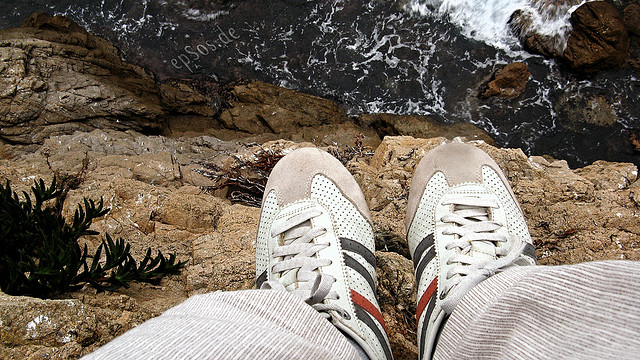An adage that’s indisputably good sense is to “look before you leap.” Everyone knows it’s risky to jump when you can’t see how you’re going to land.
 That logic certainly applies to workplace safety. If companies don’t conduct risk assessments for projects, sites, facilities, etc., they’re exposing personnel to unknown hazards that substantially raise risk for the personnel and the company.
That logic certainly applies to workplace safety. If companies don’t conduct risk assessments for projects, sites, facilities, etc., they’re exposing personnel to unknown hazards that substantially raise risk for the personnel and the company.
They’re looking before they leap.
We’ve been advising companies about safety since the 1980s, and we’ve found that those businesses that succeed at reducing workplace safety risk do “look,” by following these five risk-assessment best practices.
1. Conducting voluntary risk assessments.
I’m always shocked at how many organizations fail to do any risk assessments that aren’t mandated by law or regulation. A flawed attitude stubbornly persists: that risk assessments are bureaucratic paperwork that slows down production. Smart companies realize that safety risks are business risks, and so they’re diligent about conducting risk assessments—to comply, but also to protect employees and minimize safety-related costs.
2. Using well-designed risk-assessment forms.
Risk assessments obviously require some list of items to assess. If this list is laid out in a clear, logically designed assessment form that’s easy to follow, assessments will not only be more thorough and less prone to human error, they can be completed more quickly.
3. Identifying workplace-specific hazards.
To be effective, risk assessments must be specific to whatever’s being assessed. If you’re conducting a risk assessment for a particular site, a generic list of safety issues to inspect isn’t going to be sufficient. Safety lies in the details.
One of the advantages of our Checker Software is that we can easily customize risk assessment forms. We use our safety and industry experience to help companies identify all the workplace-specific hazards that should be checked.
4. Involving personnel.
Personnel can provide extremely valuable insight into workplace hazards; after all, they’re the ones in danger. Their perspective makes it possible to create better workplace-specific assessment forms. Seeking their input also avoids a “top-down” approach to safety; when personnel feel like they’re being listened to and can truly affect workplace safety, they’ll be much quicker to adopt a safety-first attitude than if they perceive safety measures as a burdensome mandate.
5. Heeding the risk assessment rather than putting it on a shelf.
The best risk assessment in the world isn’t worth anything if sufficient safety measures aren’t implemented to address the hazards identified in the assessment. The assessment is the “look,” but you still have to “leap” as safely as possible.
Takeaway
Companies can better protect personnel and reduce business risk by emphasizing workplace risk assessments, using assessment forms customized for workplace-specific hazards, seeking employee participation, and following up with adequate safety measures to alleviate the hazards.
For more information on customizing The Checker Software risk assessment forms, call 905.825.0172 or 800.291.4719, or email info@thechecker.net.
Image courtesy of epSos.de, Creative Commons.











